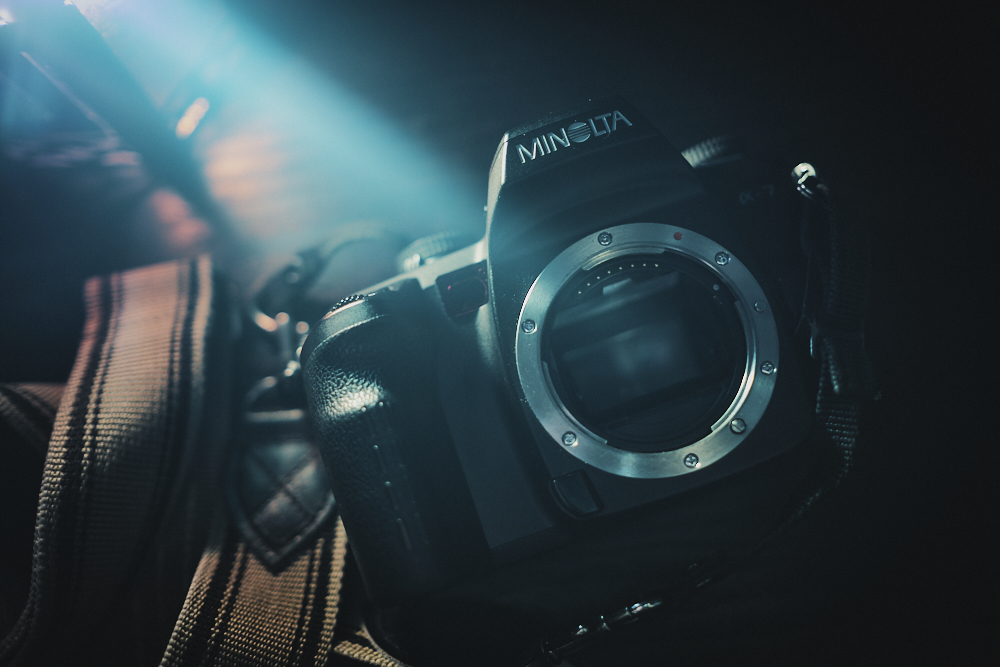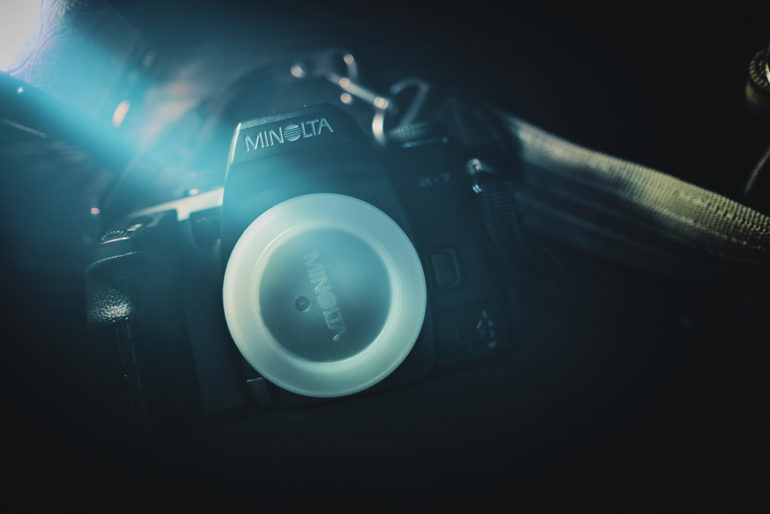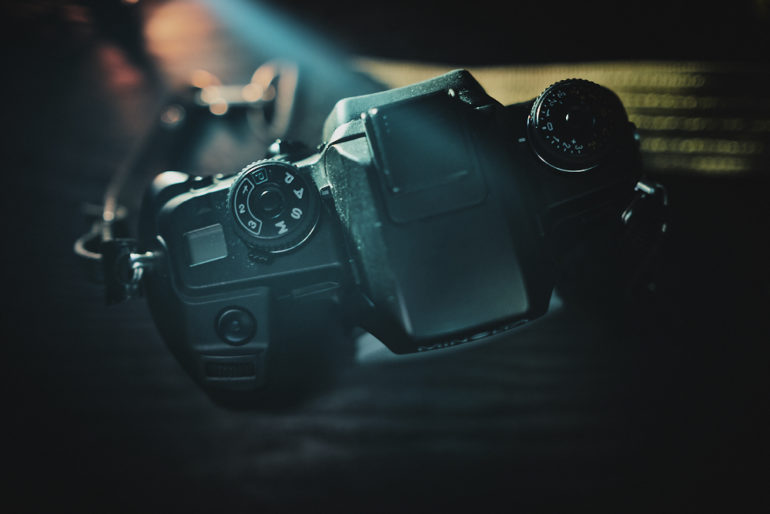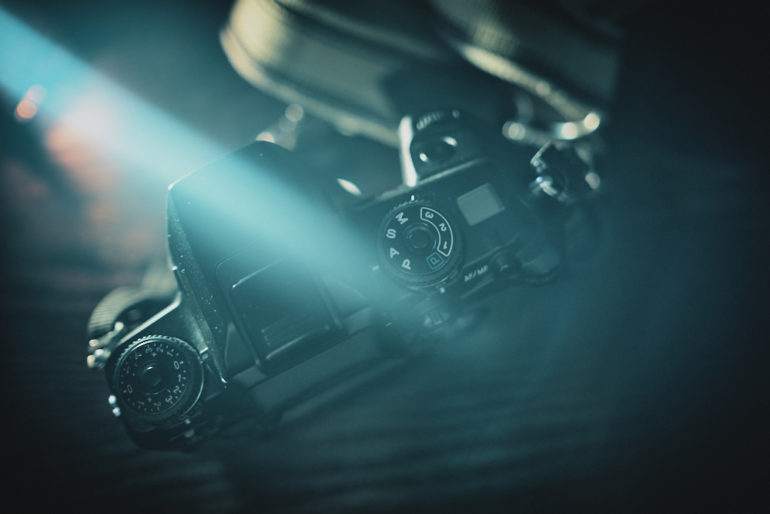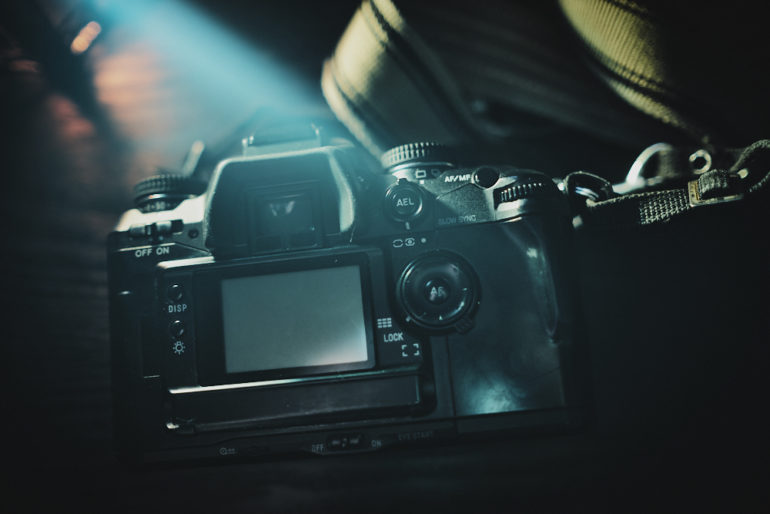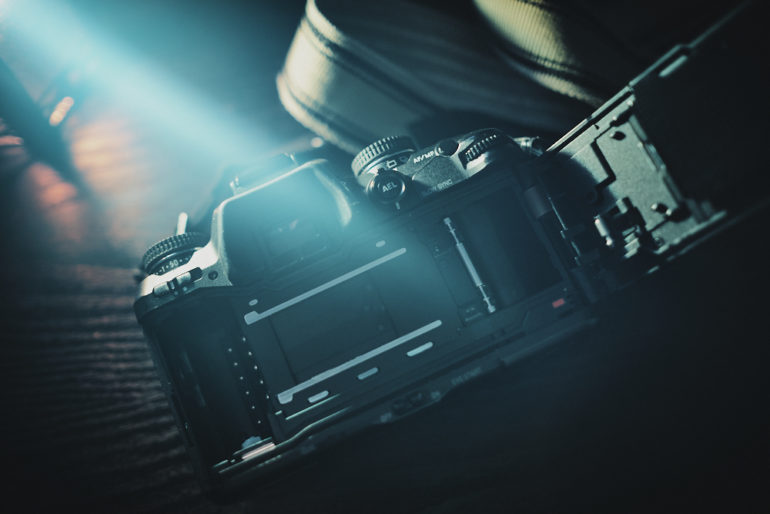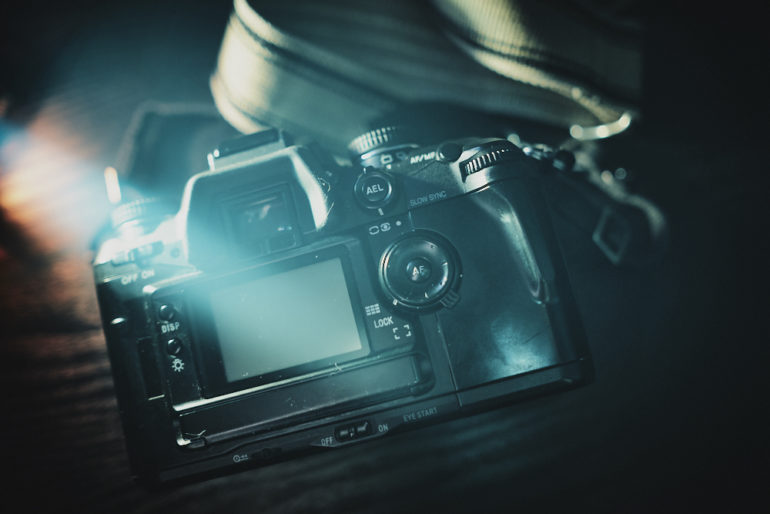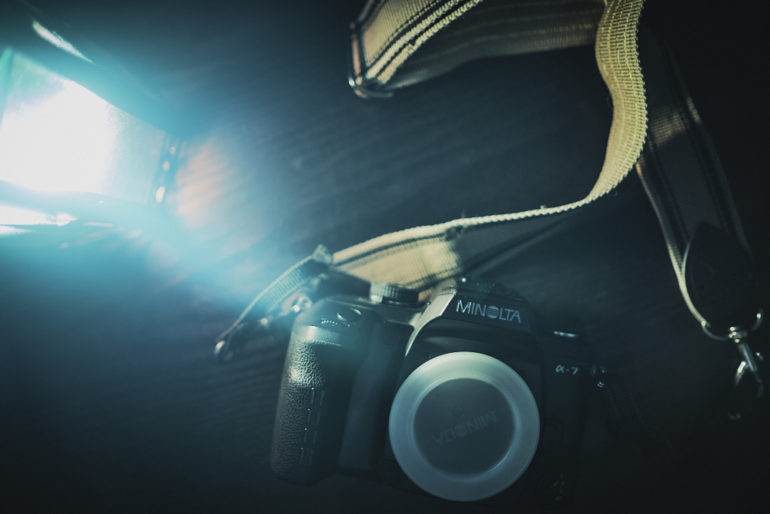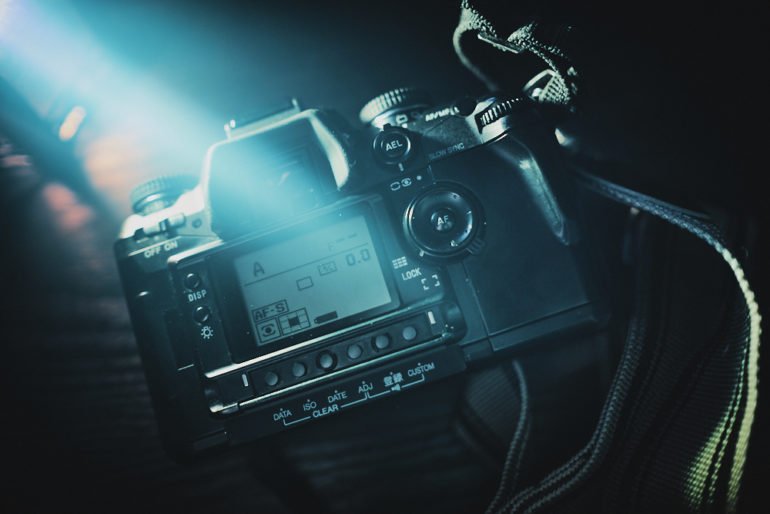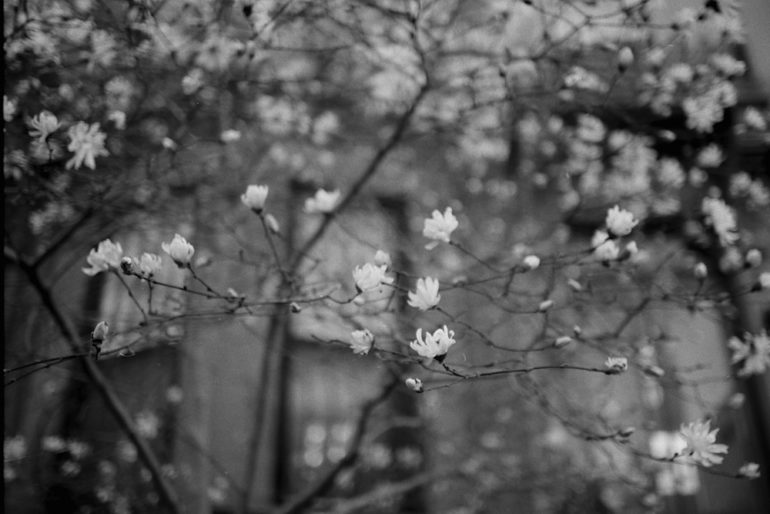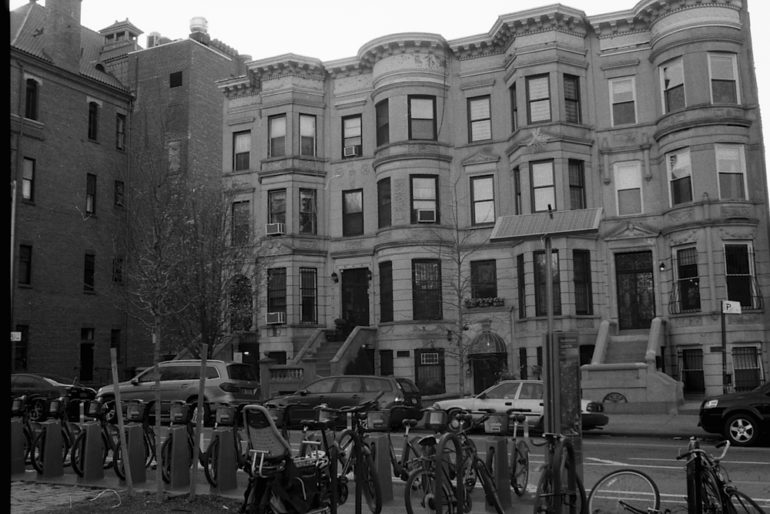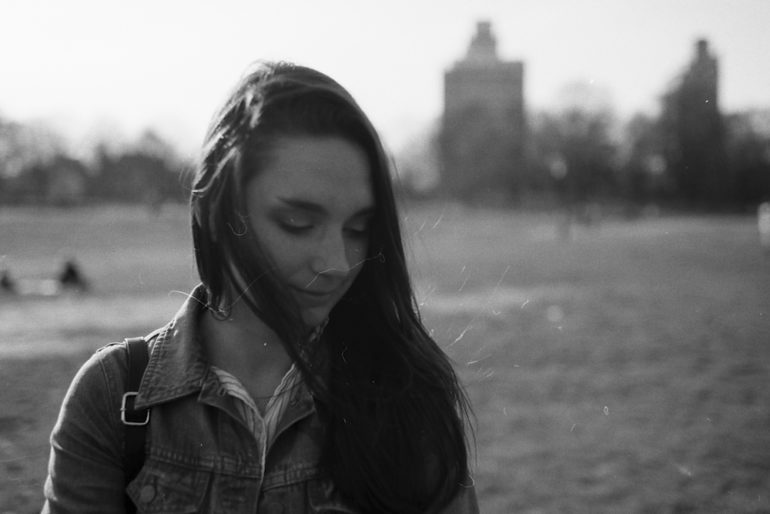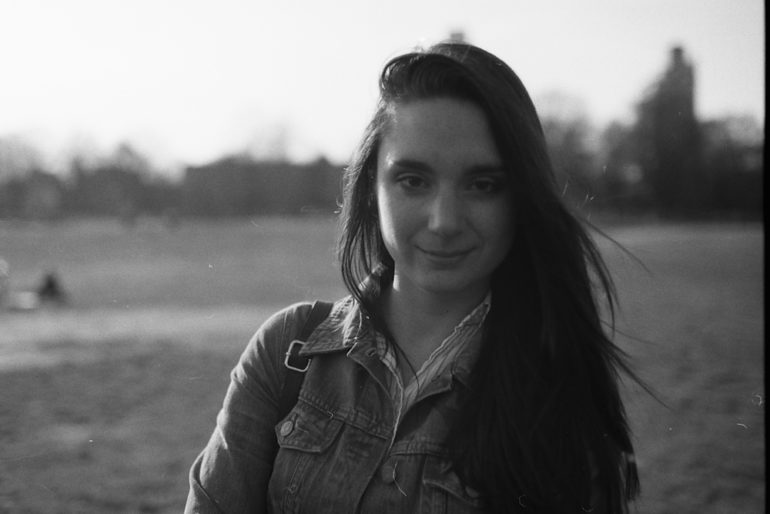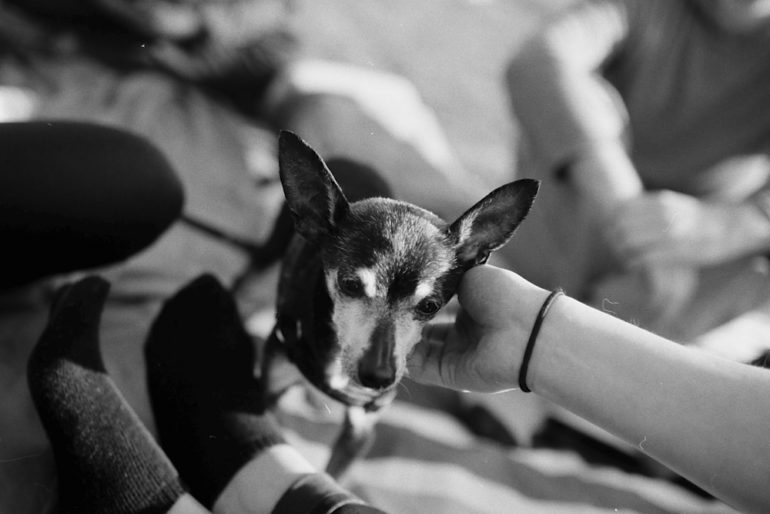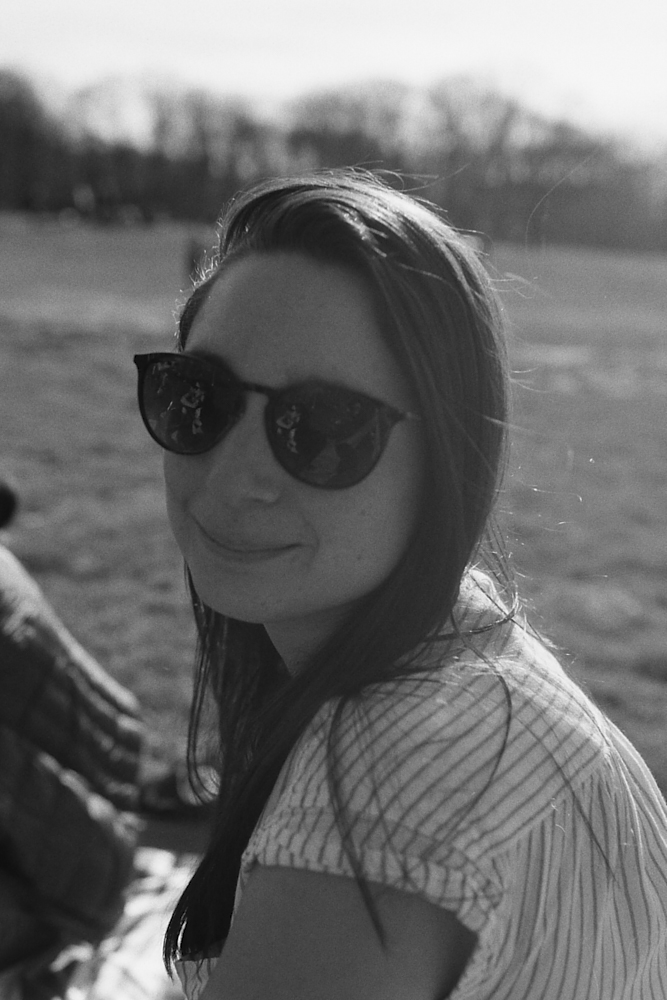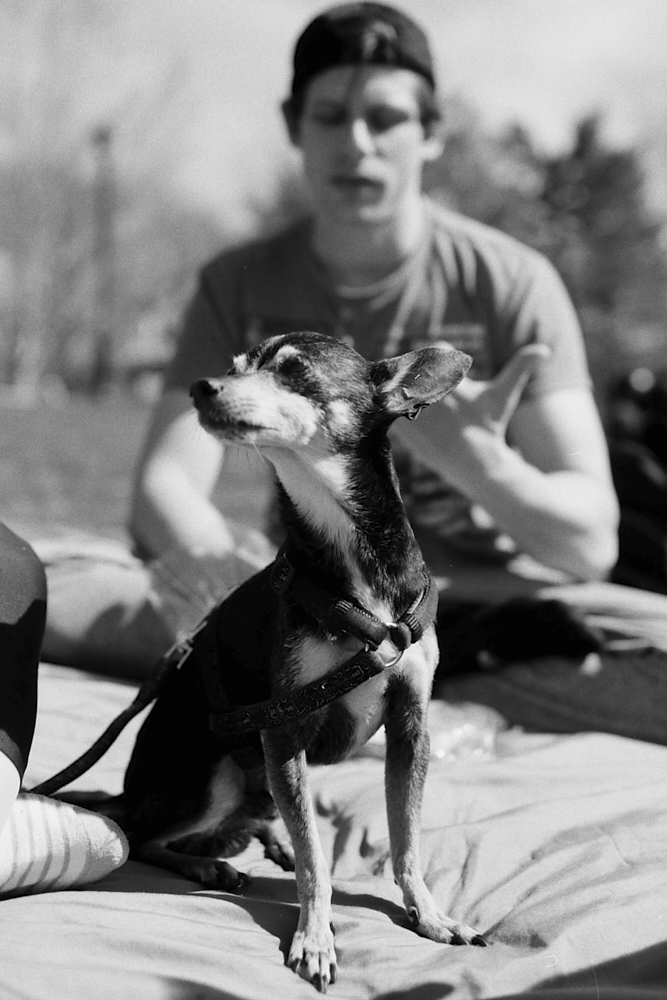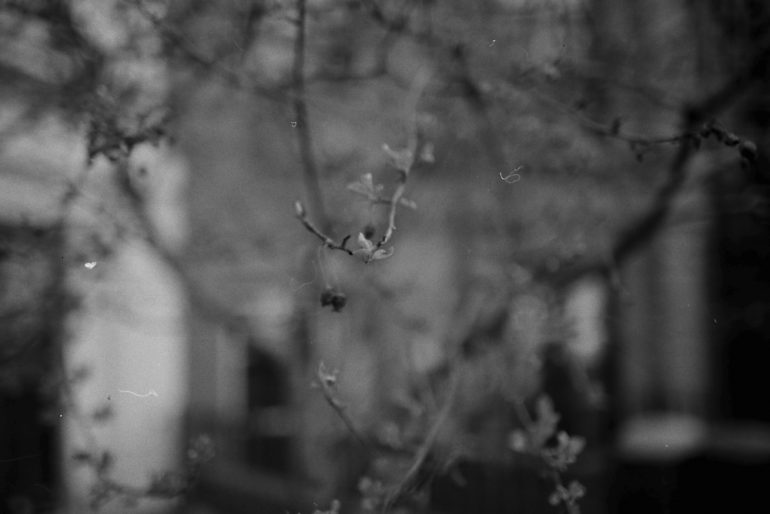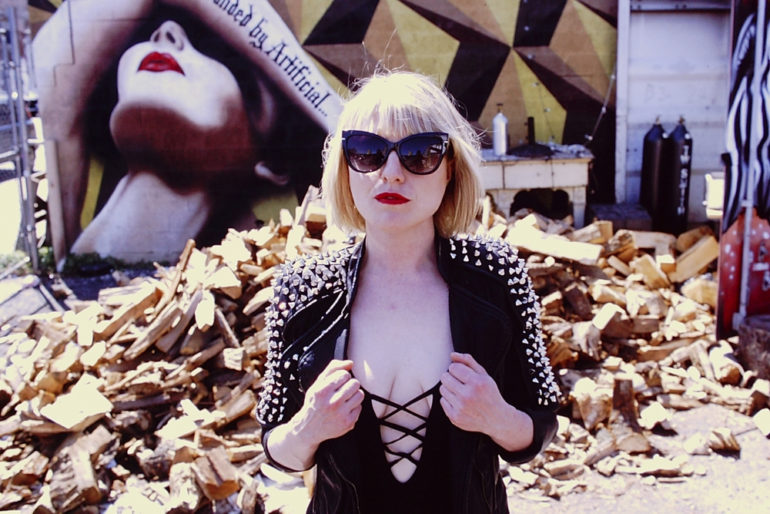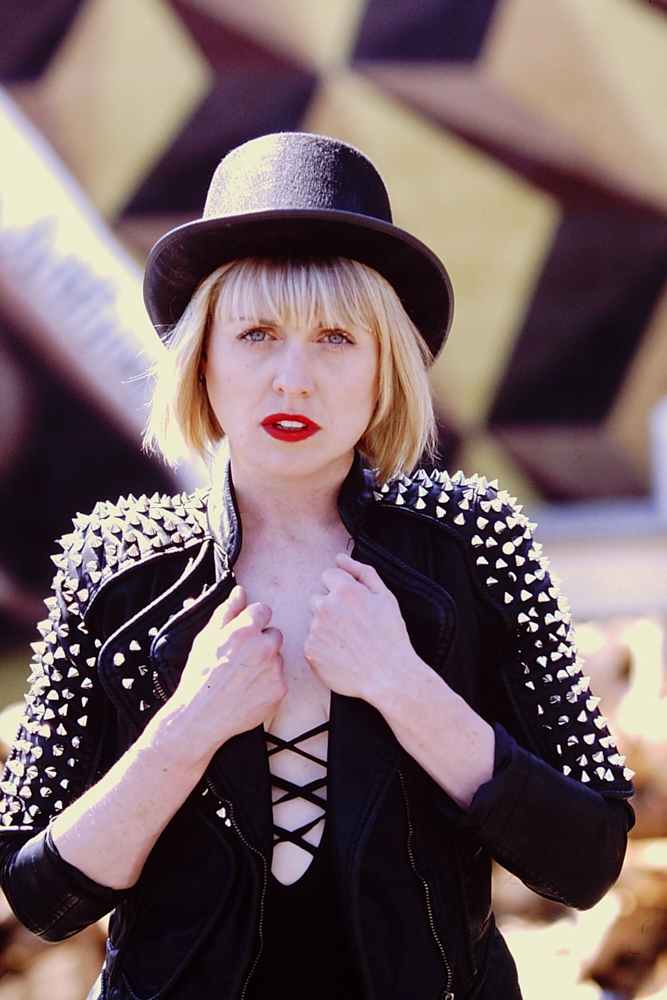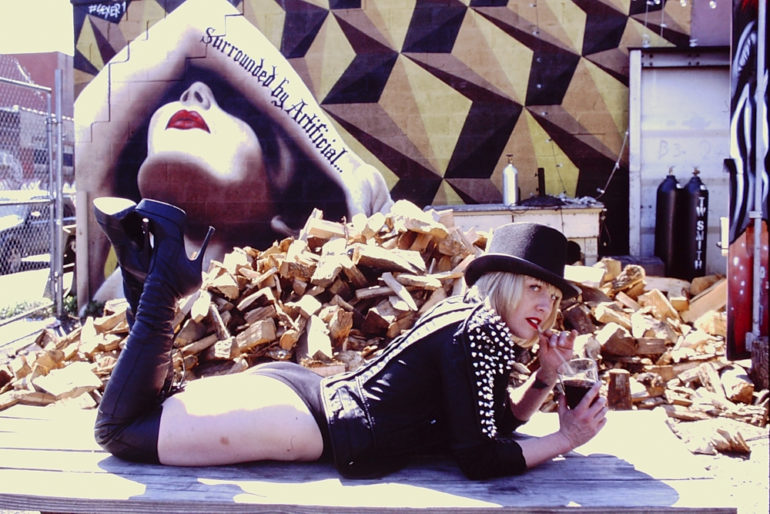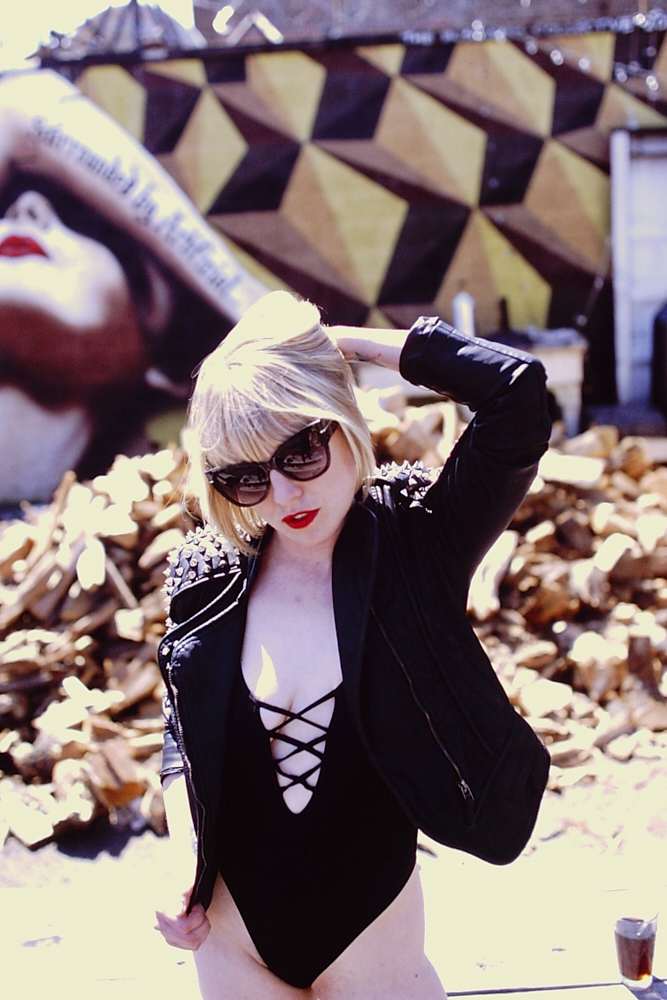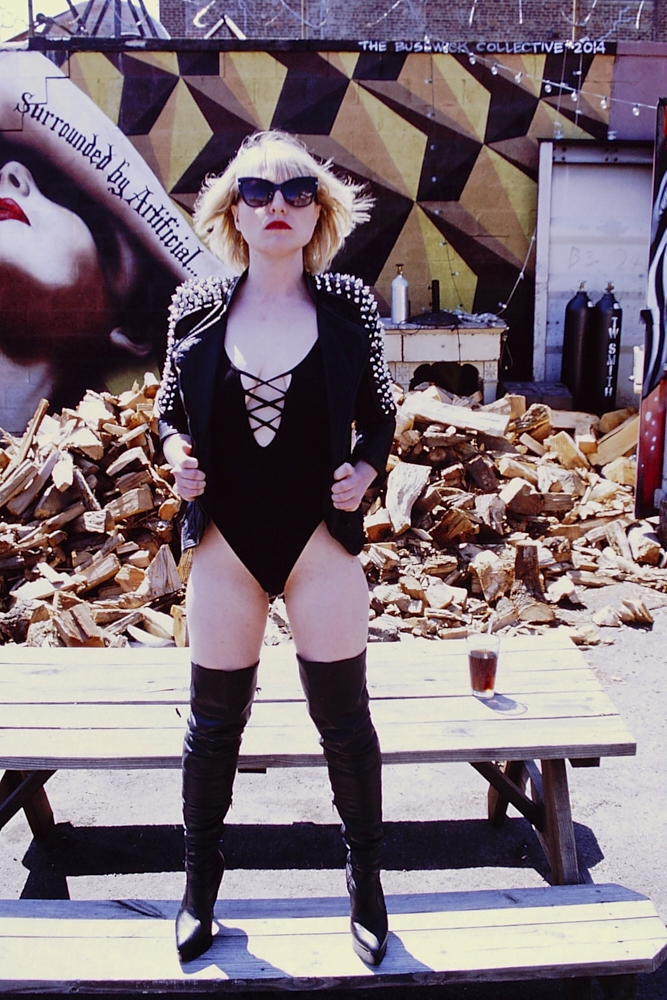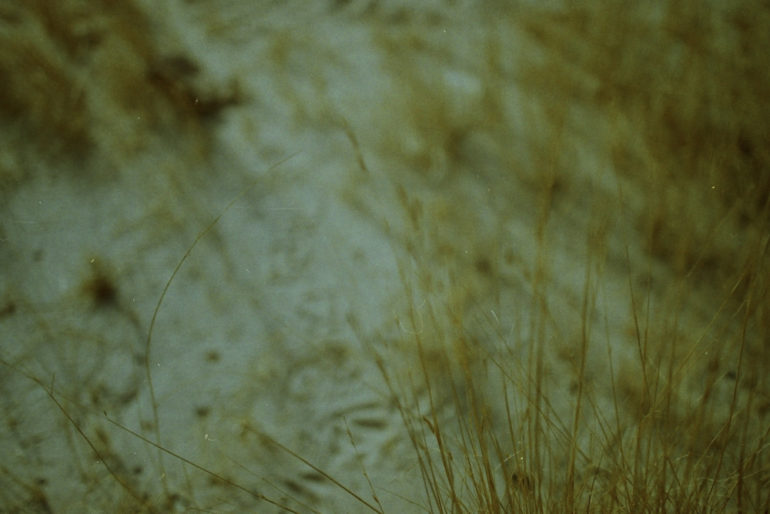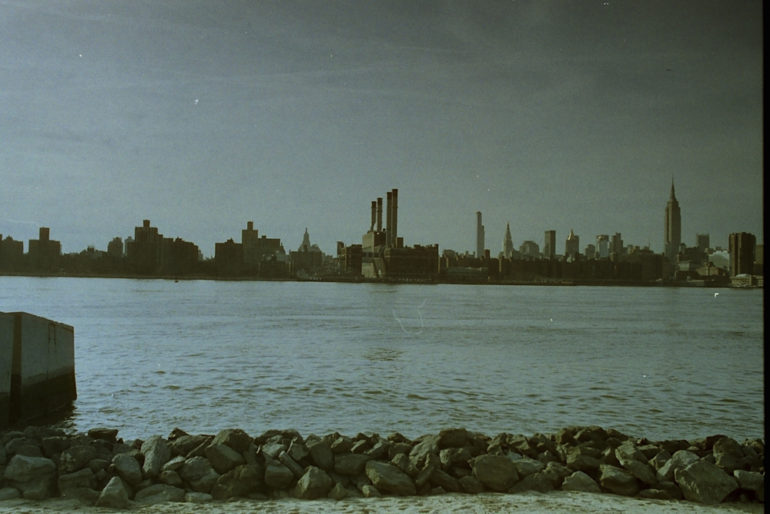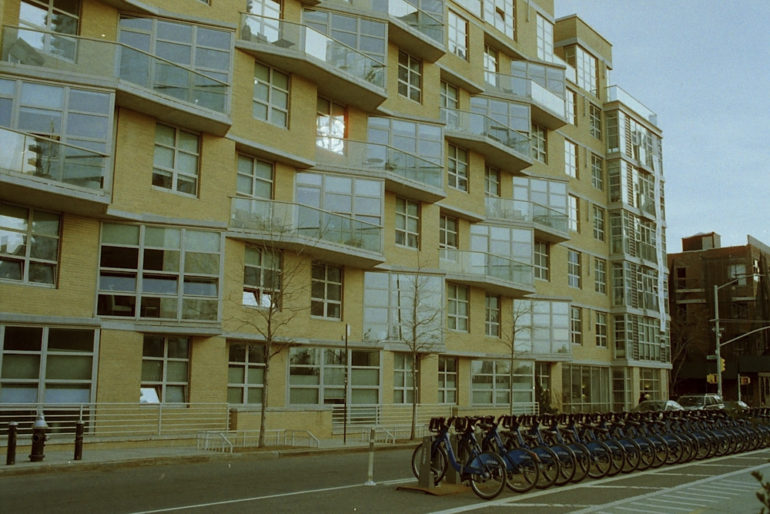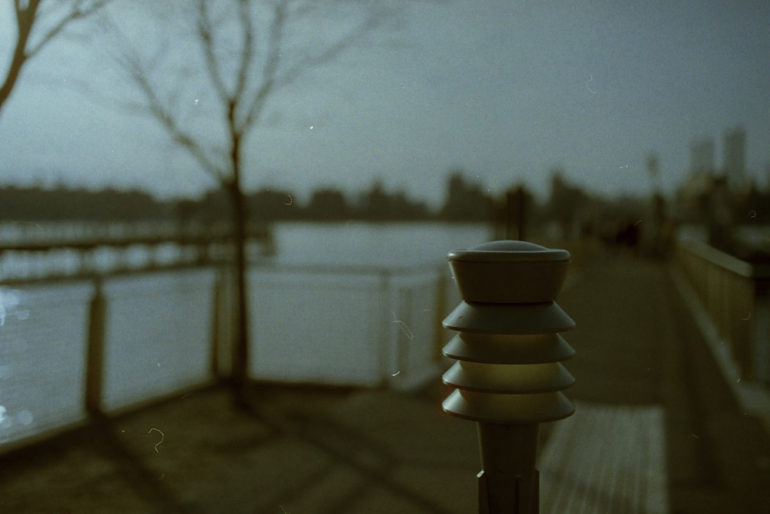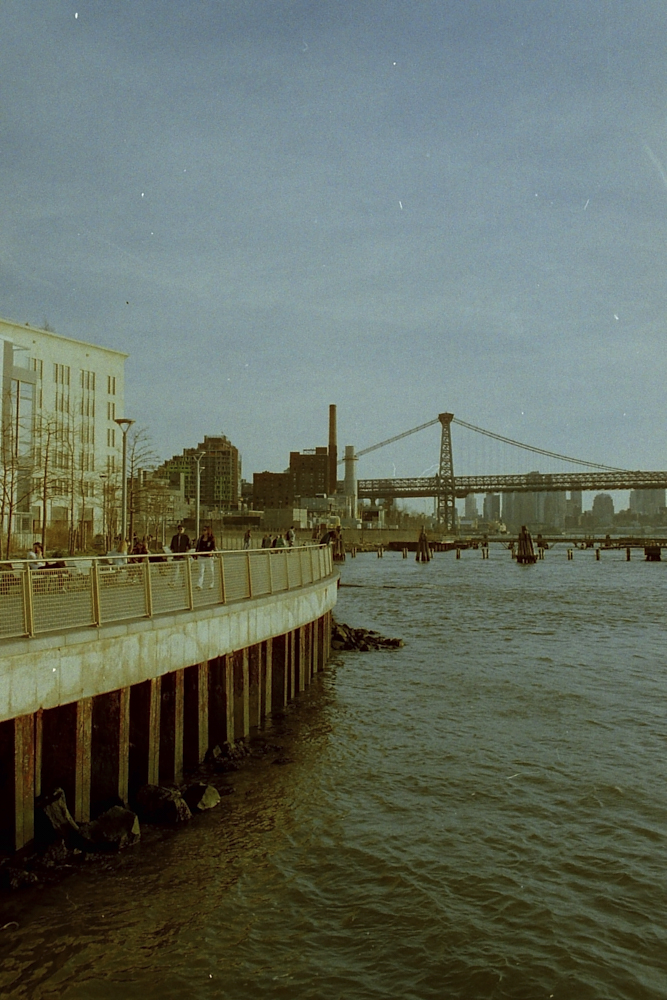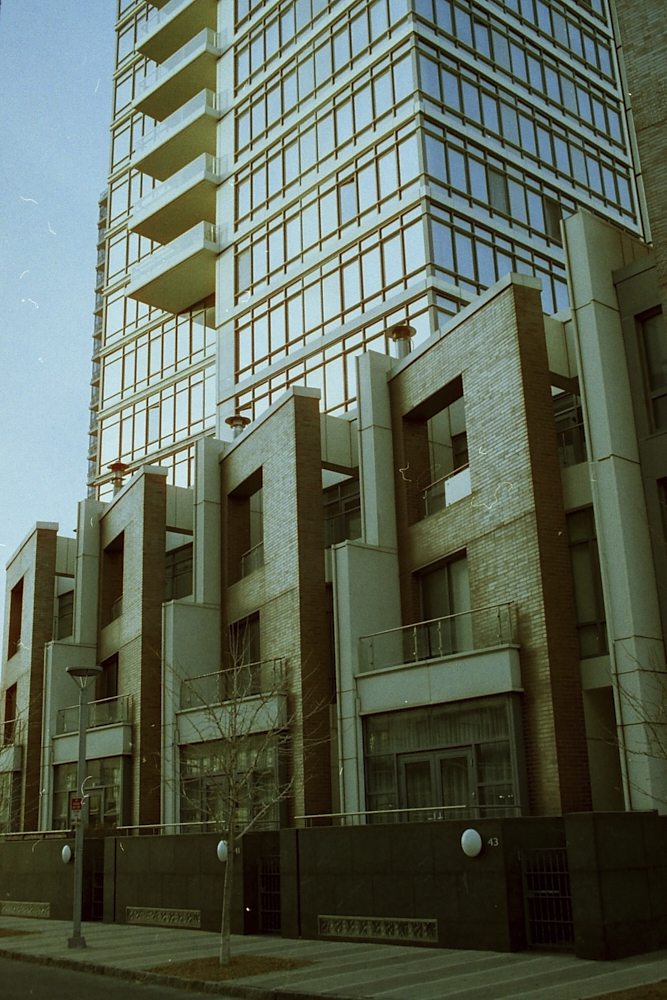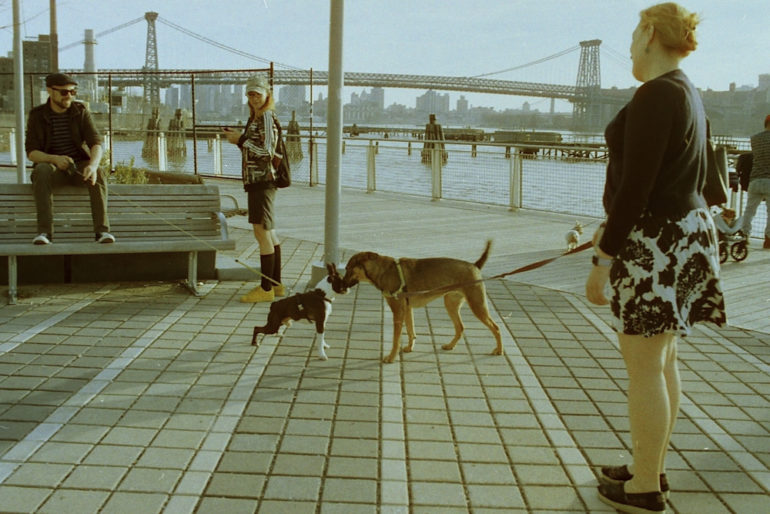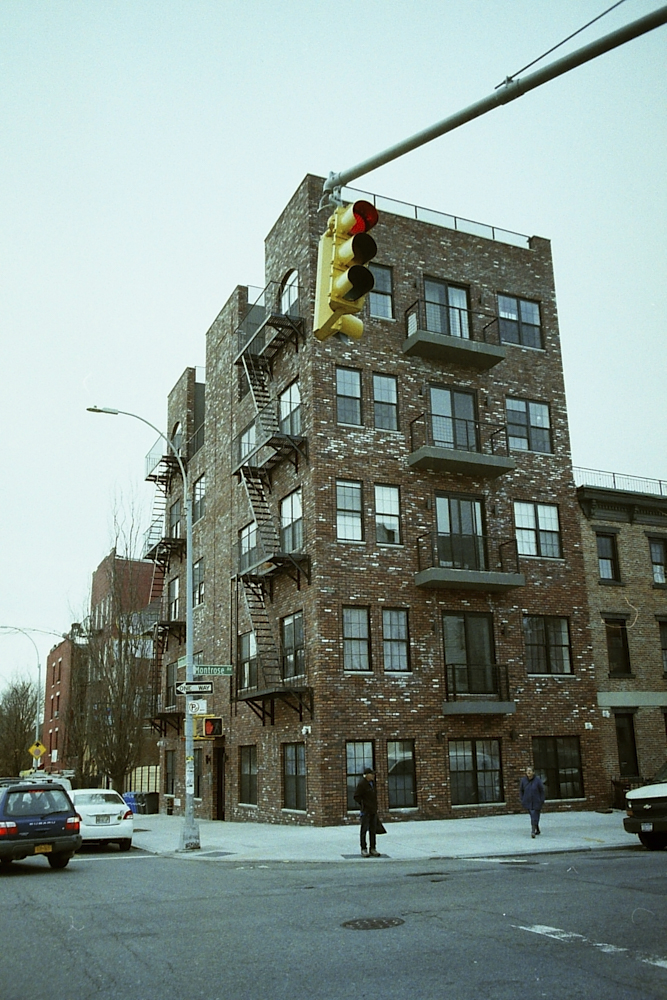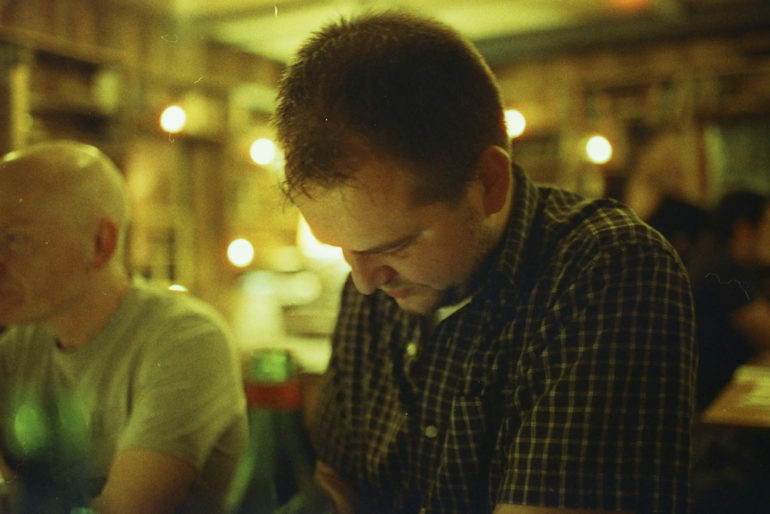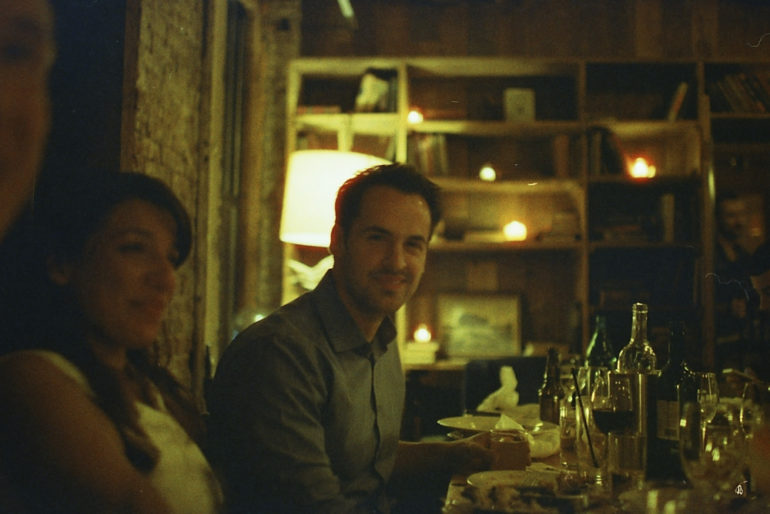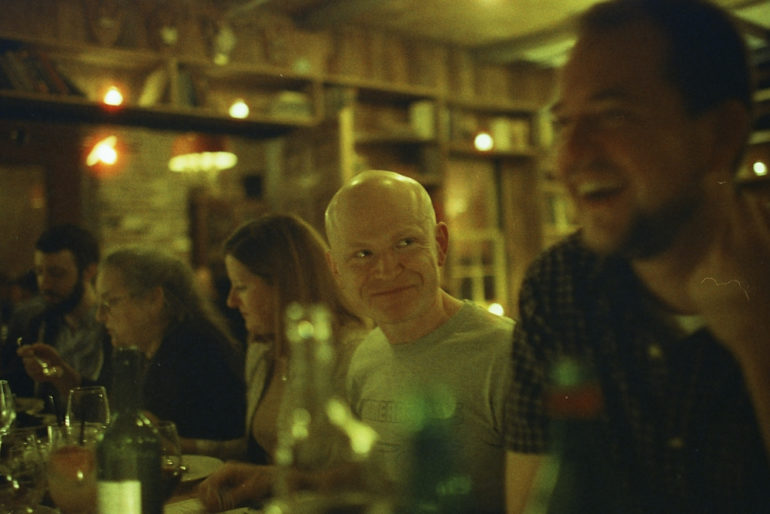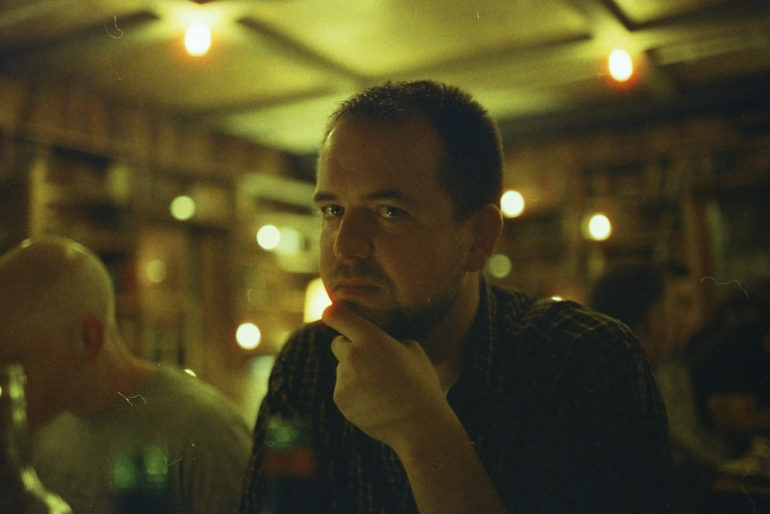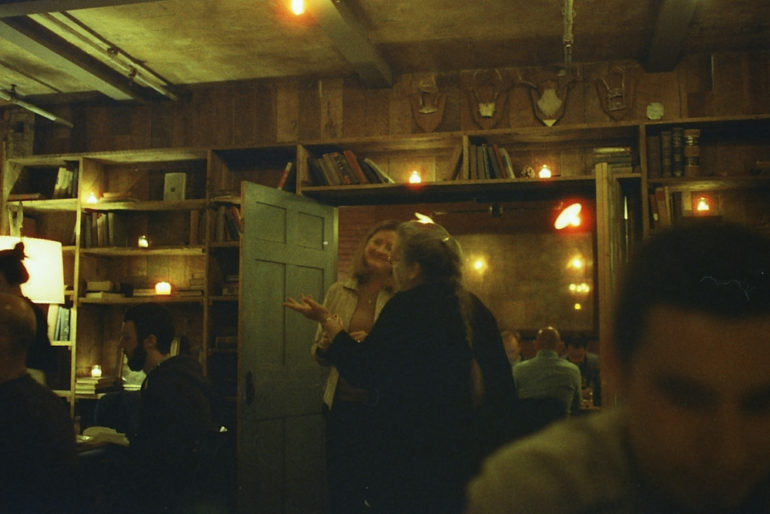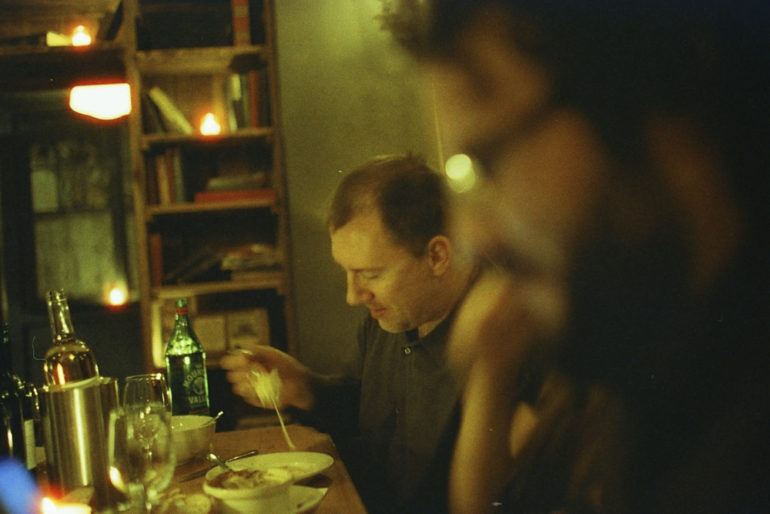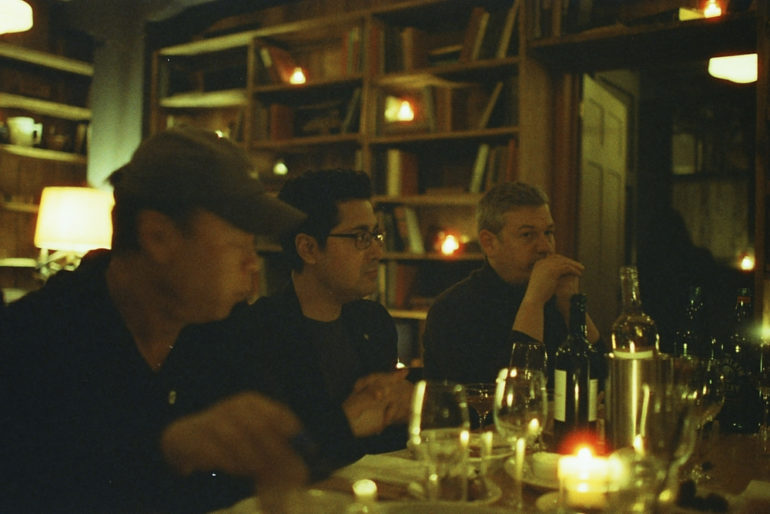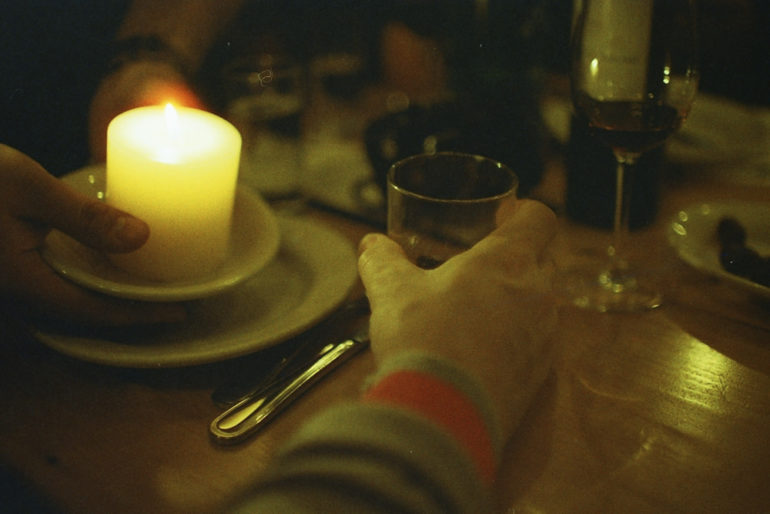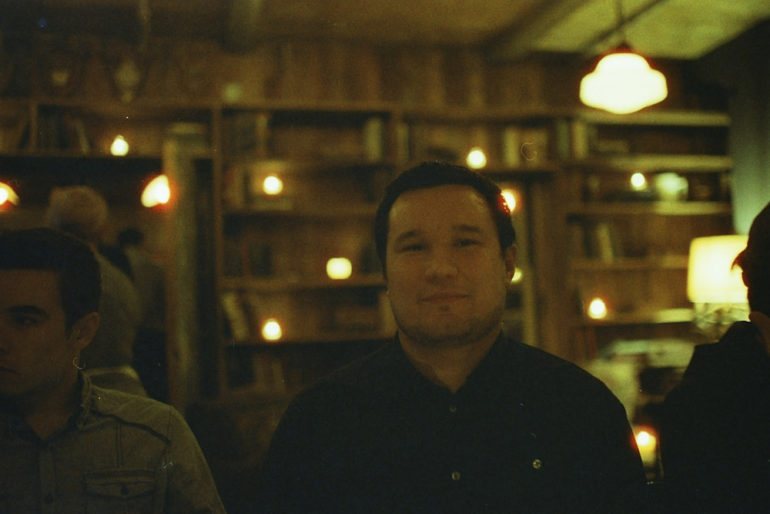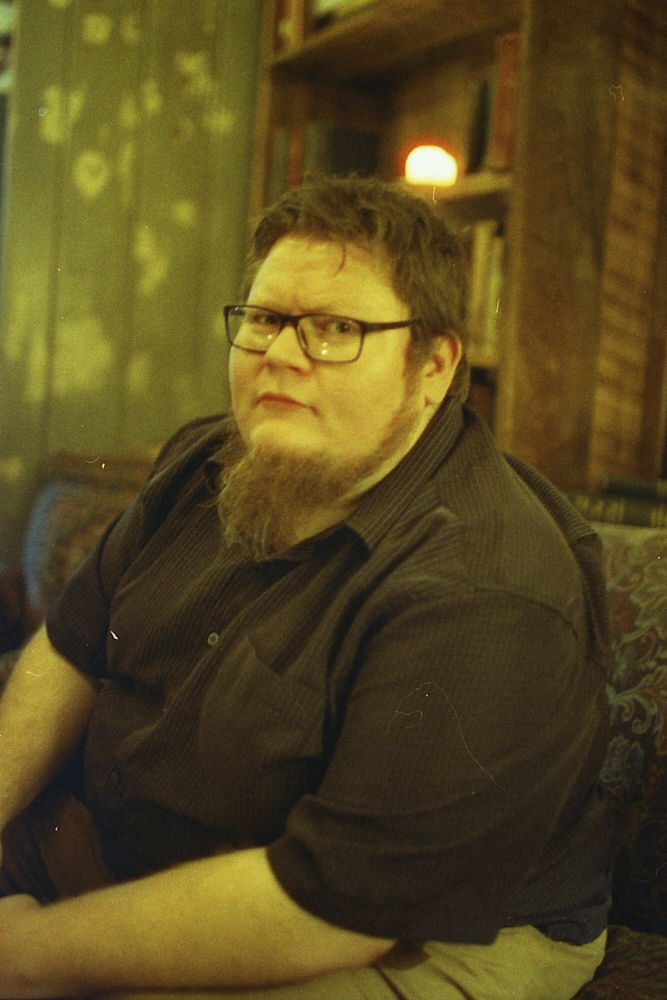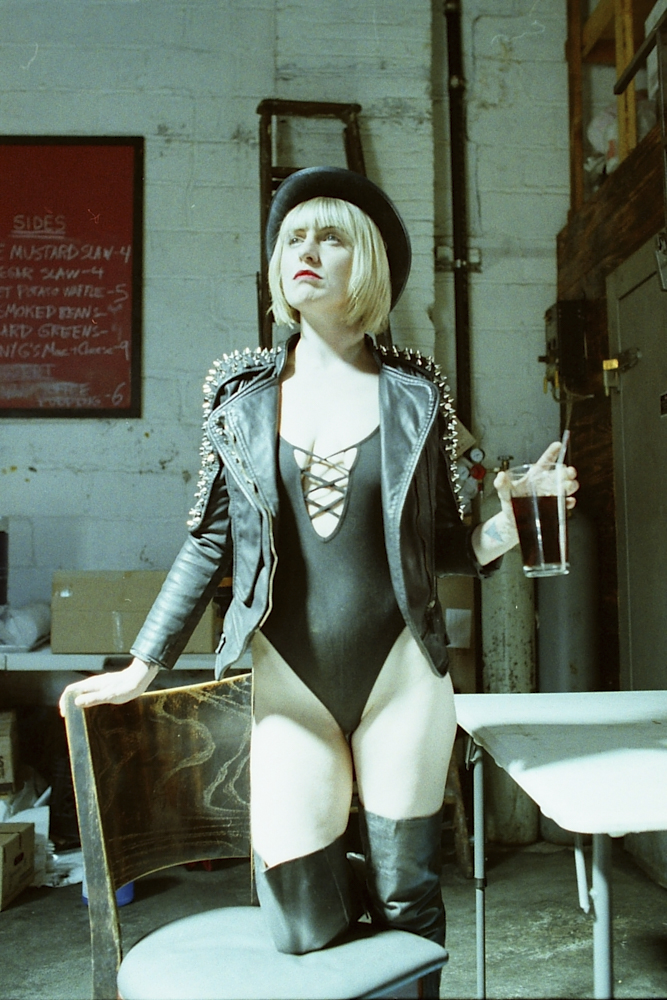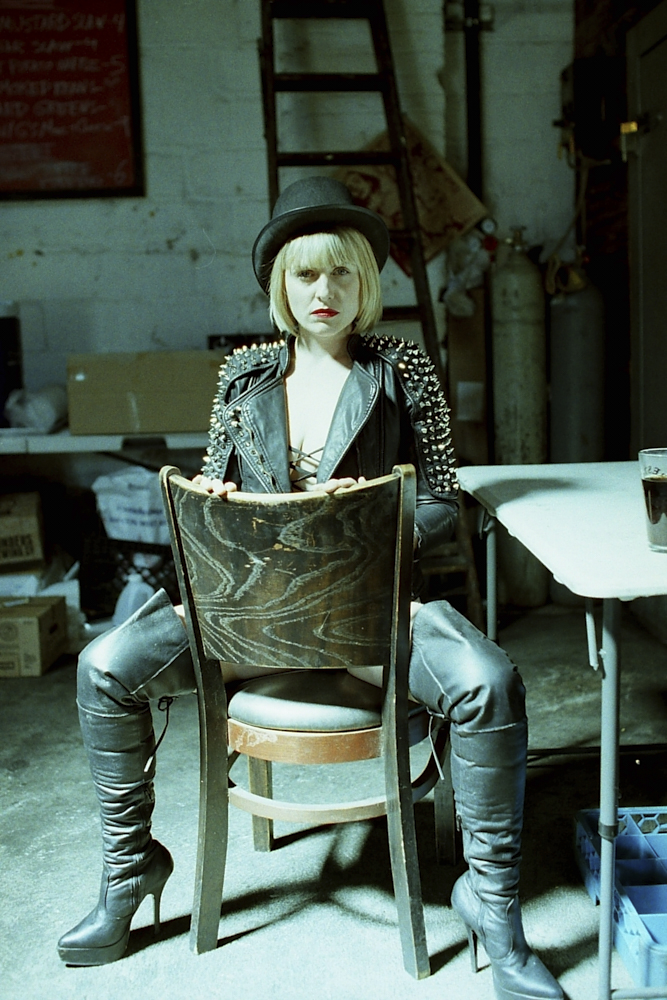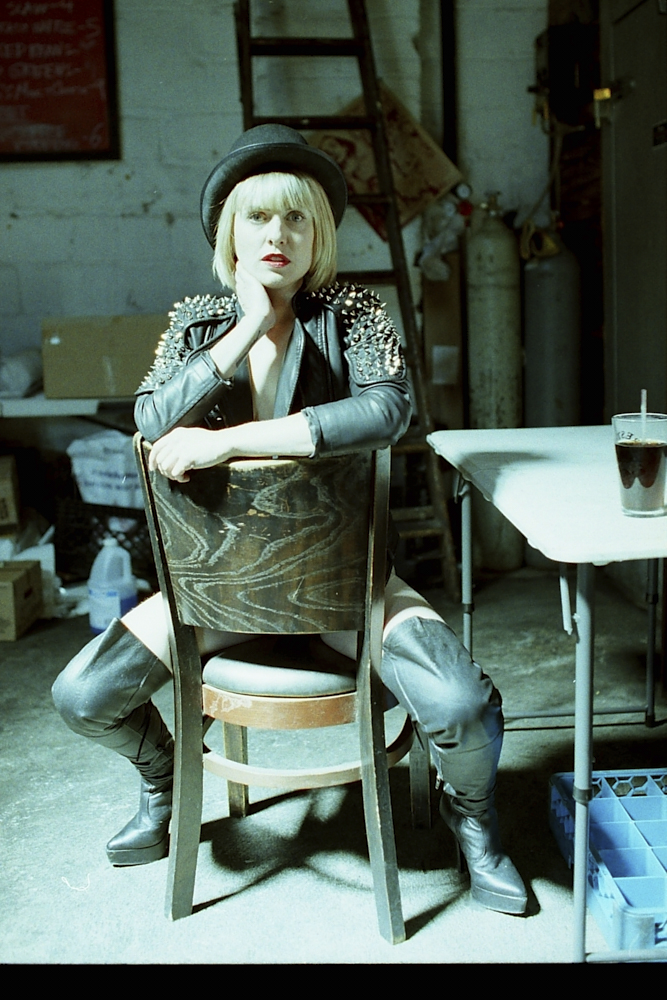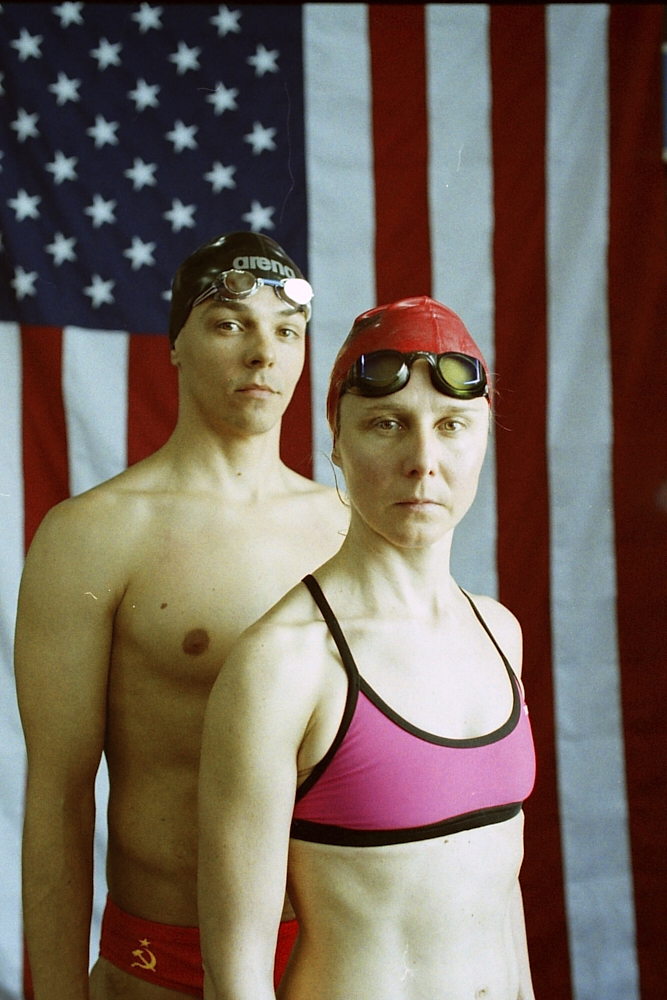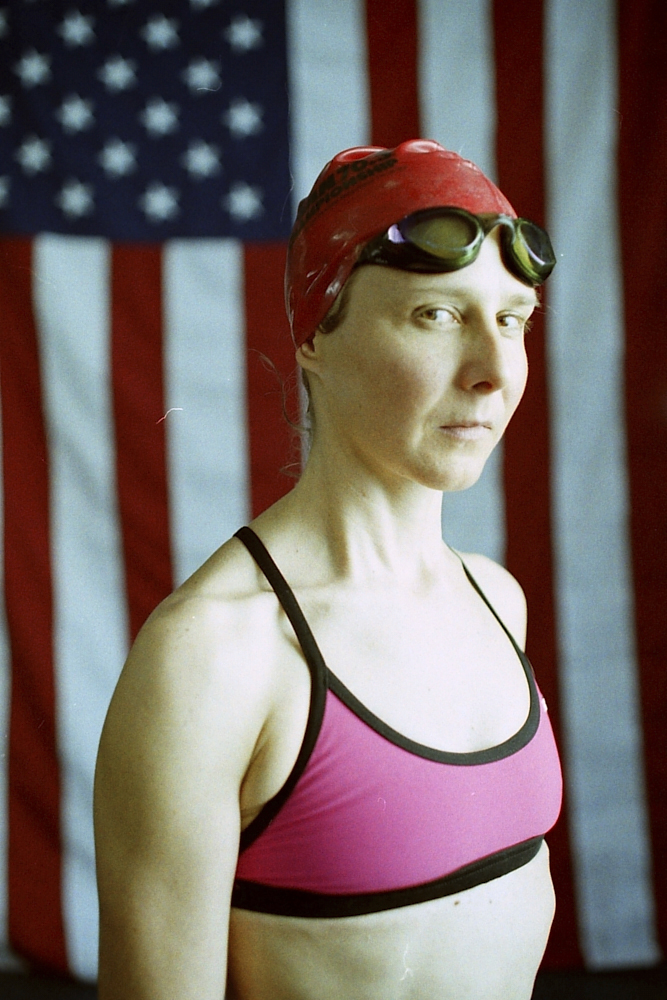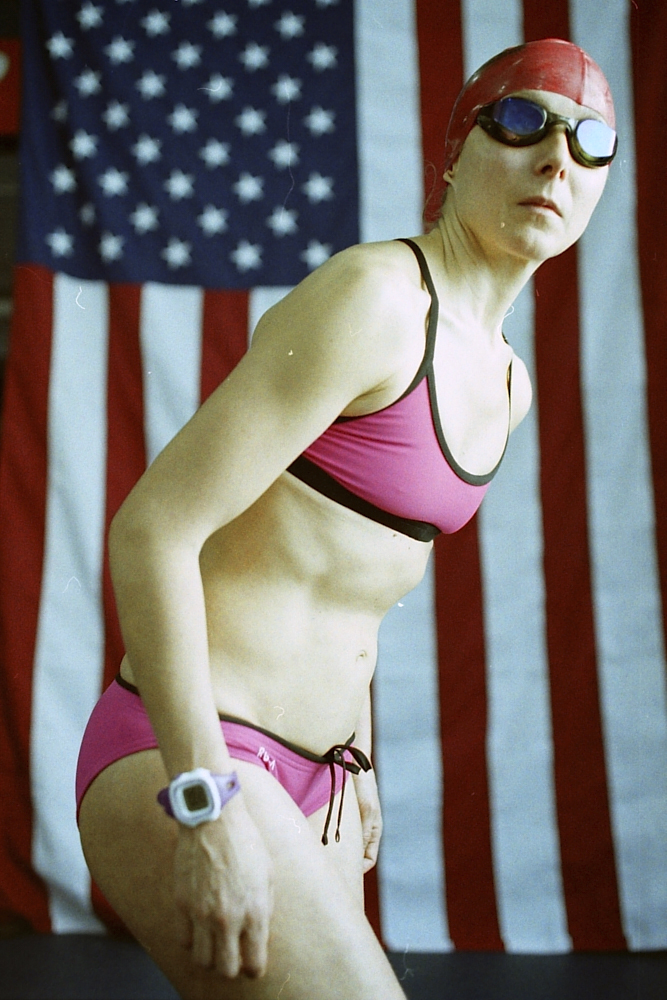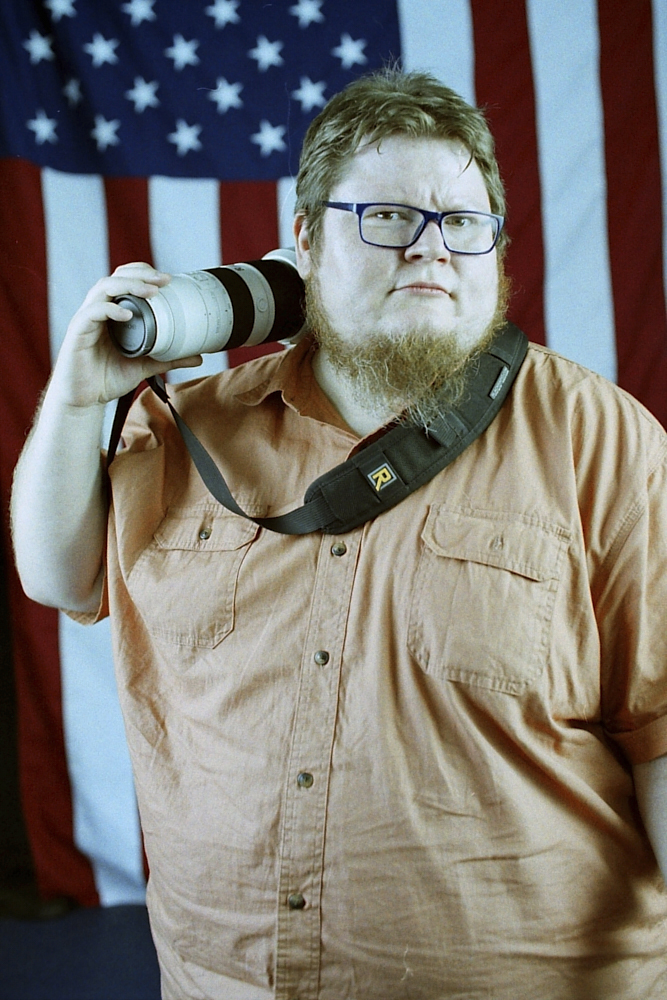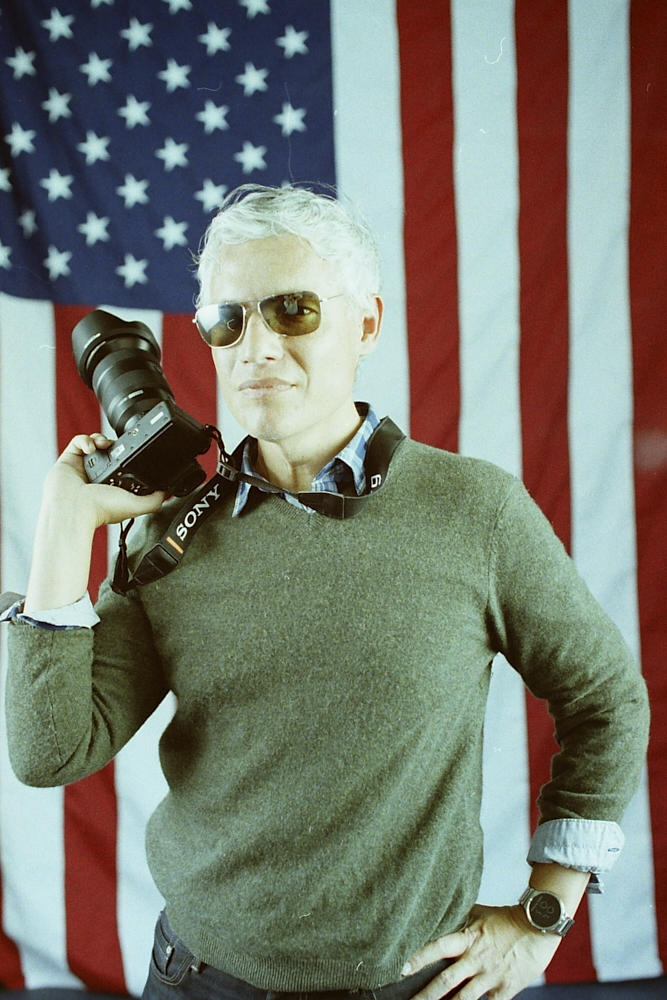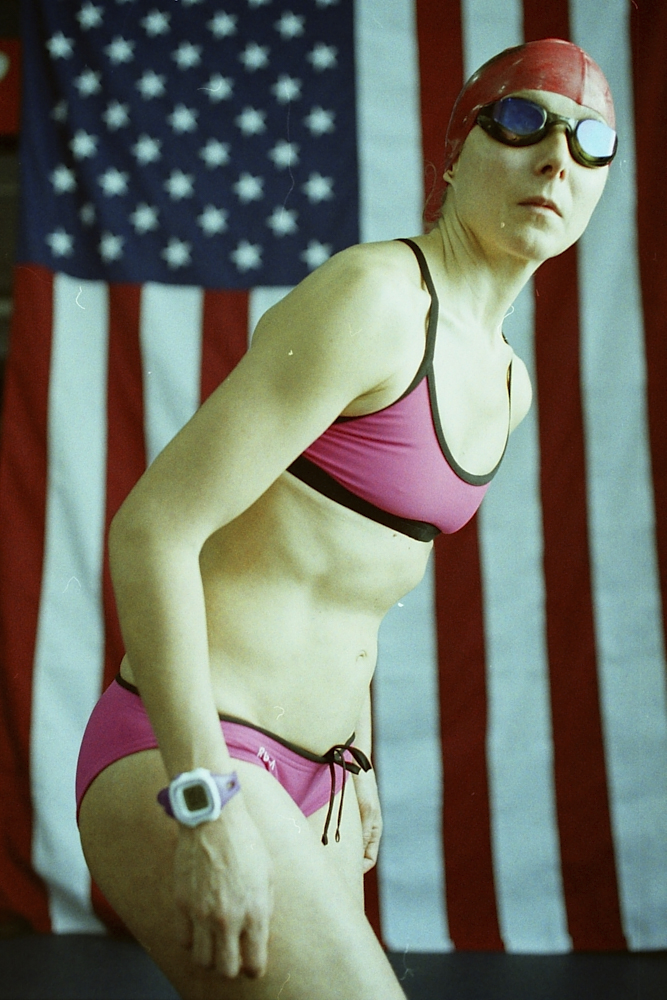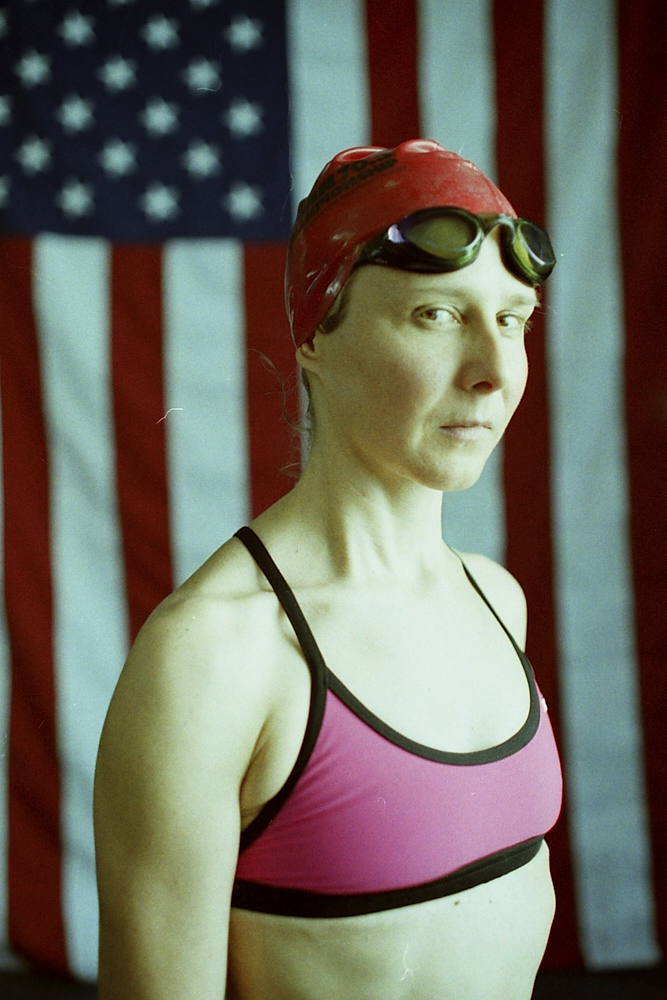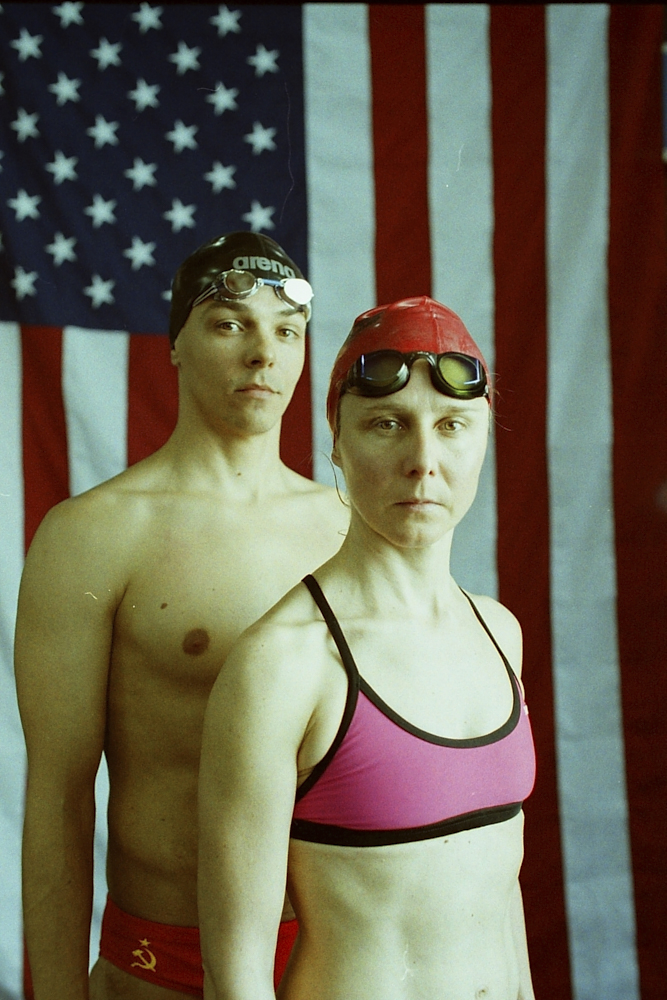No, this isn’t the Sony a7, but the Minolta a7 is perhaps one of the best film Alpha mount cameras that you can still get your hands on used. While the Minolta a9 is considered the flagship, there are features built into the Minolta a7 that can make it much more appealing. For starters, it’s much lighter. And there is also a built in data back that lets you change a whole lot of parameters in a very simple way.
And to be honest, it’s one of the best autofocusing film SLR cameras I’ve ever used–completely putting a lot of what Canon and Nikon created to shame.
Pros and Cons
Pros
- Fast autofocus
- A lot of awesome controls
- Not too difficult to figure out if you’re patient
- Has SSM Motor support
- Built well
- Lightweight
- That classic film shutter sound
Cons
- My issues with this camera aren’t really with the camera; but more with the fact that there aren’t a whole lot of affordable A mount autofocus lenses available.
Gear Used
We reviewed the Minolta a7 with the Sony 35mm f1.4, Sony 85mm f1.4, and the Syrp Super Dark Variable ND filter. The films used with Kodak Tri-X, Fujifilm Pro 400H, Fujifilm Provia 100f, CineStill 50D, CineStill 800T and Fujifilm Acros 100.
Tech Specs
Specs taken from an eBay listing.
| Lightweight and compact, the Minolta Maxxum 7 film Camera takes lithium batteries, which helps make replacement easy. This Minolta 35 mm camera further allows for easy loading and rewind. The Minolta Maxxum 7 film Camera has a depth of 2.6 inches, a height of 3.8 inches, and a width of 5.6 inches, and it weighs 20.32 ounces. Moreover, this film camera is spot weighted and has a shutter speed of 30 s to 1/8000 s. Landscape, macro, or nighttime photos can be accurately captured withthis camera. The focus lock characteristic that this Minolta Maxxum 7 film camera helps to prevent blurry or distorted photos. The lenses are interchangeable, which allows this film camera to take photos in a wide variety of settings and situations. This Minolta 35 mm camera has an ISO of 5000 to 25 on the automatic setting, and on the manual setting, the ISO ranges from 6400 to 6. |
|
| Product Identifiers | |
| Brand | Minolta |
| Model | Maxxum 7 / Dynax 7 Body Only |
| MPN | 2162-401, Maxxum 7 |
| UPC | 043325021008 |
| Key Features | |
| Camera Type | SLR |
| Film Type | 35mm |
| Lens Mount | Minolta A-Type |
| Battery Type | 2 x 3V Lithium Battery (CR-2) |
| Focus | |
| Focus Type | Auto, Auto & Manual |
| Shutter | |
| Shutter Speed | 30 to 1/8000 sec |
| Maximum Flash Sync Speed | 1/90 sec |
| Exposure | |
| ISO Range – Automatic Setting | ISO 5000 – 25 |
| ISO Range – Manual Setting | ISO 6400 – 6 |
| Light Metering Modes | Spot Weighted, TTL |
| Flash | |
| Flash Guide Number | 52 |
| Film Transport | |
| Film Auto Transport | Loading, Rewind |
| Viewfinder | |
| Viewfinder Frame Coverage | 90% |
| Viewfinder Magnification | 0.7X |
| Dimensions | |
| Depth | 2.6 in. |
| Height | 3.8 in. |
| Width | 5.6 in. |
| Weight | 20.32 Oz |
| Miscellaneous | |
| Automatic Shooting Mode | Landscape, Macro, Night, Portrait, Sports |
| Additional Features | Auto Exposure, Focus Lock, Interchangeable Lenses |
Ergonomics
The Minolta a7 SLR camera a a pretty interesting and special film SLR in many ways. The front of the camera, like many others, is pretty minimal. The front has a switch near the bottom that lets you choose the autofocusing mode while the side has a switch that lets you choose what flash mode you’re using.
When you turn to the top of the camera, you see a lot of the Minolta influence on what Sony has been doing for years now. There’s the mode dial with a lock, a small LCD screen and an exposure compensation dial.
The exposure compensation dial does double duty, it can control the parameters for the flash compensation and the exposure compensation in-camera. Overall, it’s a very effective way to think about it and I wish that Sony implemented this into their current camera system.
Turn to the back and what you’ll find with the Minolta a7 are some very modern controls. There’s a giant LCD screen and buttons/dials.
Open the camera up, and you’ll see that this is where the film gets loaded.
Build Quality
The Minolta a7 wasn’t designed to have any sort of weather sealing; so considering that this camera has electronics at the heart I wouldn’t be so daring as to take it out into a rainfall. But aside from that, it’s a very well built camera. The small size means that I can pack it into a small Domke bag that I’d usually reserve for a Leica CL or a Hexar AF. Then I put the lens that I’m using in the bag too and go on about life.
Photographers that use Nikon DSLRs and film cameras like F5 may really love the Minolta a7 due to the fact that there are a lot of dials that help you choose all the parameters that you really want to use. As a Canon user for almost 10 years now, that part of my mind find this camera a bit odd. But being the EIC of a large indie Photo blog means that I get access to gear and so my mind needs to wrap around a lot of different brands. So with that said, I’m also going to say that even with the layout of this camera, there are so many things that are very similar with the Minolta a7 to other SLR cameras that you’ll be able to adapt as long as you can wrap your head around some new muscle memory.
Autofocus
In low light, the Minolta a7’s center focusing point is honestly pretty great. But even so, the outer points are still stronger even more so than some current Canon DSLRs. Yes, the DSLRs…
The focus is also very quick and there isn’t a whole lot to complain about here even when it comes to sports photography.
Ease of Use
When it comes to taking an actual photo, that process is pretty simple and straight forward. But where the extras come in with the Minolta a7 has to do with the LCD screen on the back of the camera. If you’re a digital photographer, then you’re really going to appreciate the ability to make a lot of changes to your parameters and settings via this screen. Some of them aren’t so simple and require a combination of buttons at times. But other things could be easily solved just by using the directional pad–yet Minolta didn’t want to do that. Instead, you’ll need to use the exposure dials to make parameter changes. Why? Maybe that’s what everyone was so used to at the time.
My personal biggest problem has to do with the fact that I couldn’t find an adapter that worked which lets a photographer use a more modern flash. Minolta has a proprietary hot shoe, which was complete crap. Sony changed it years ago, thankfully. However, what that means is that you can’t use the camera with the awesome TTL abilities of a strobe like the Impact Venture TTL.
Metering
Considering that this is a film camera, Sunny 16 is what you’ll be doing here. But even so, the Minolta a7 tends to absolutely nail the exposure even when it comes to slide film. That’s what so incredible here as even some Voigtlander Bessas can’t do that.
Image Quality
Due to the fact that this camera is a film camera, the quality of the images really depends on the lens quality and the films that you’re using. The surviving films used are fantastic, and in the case of lenses, the Sony 85mm f1.4 is the best offering that we used. So here are just a load of image samples that we shot.
Fujifilm Acros 100
Fujifilm Provia 100f
CineStill 50D

CineStill 800T
Fujifilm Pro 400H
Here are some photos that were fixed in the scans.
These photos are straight scans; and they were done with CFL lighting and Daylight lighting.
Conclusions
If you want to get into the Sony Alpha system via a film camera, then I really can’t recommend the Minolta a7 enough. Using an adapter, you’ll be able to use the lenses with your Sony a7 or Sony mirrorless camera with no issues. They’re also pretty affordable; so I highly recommend it.


